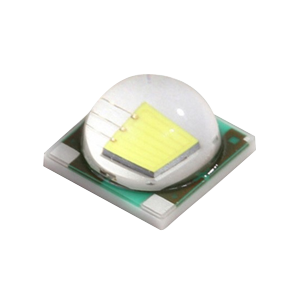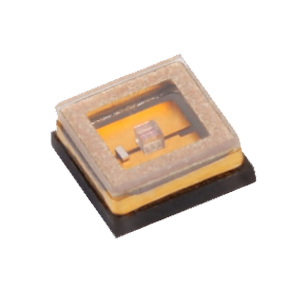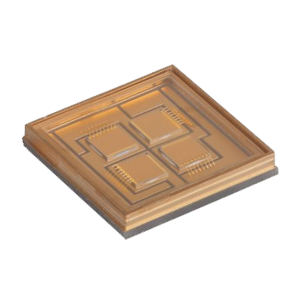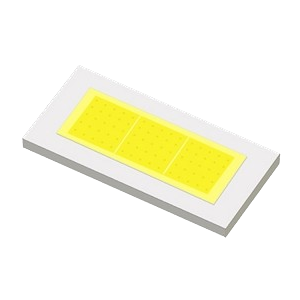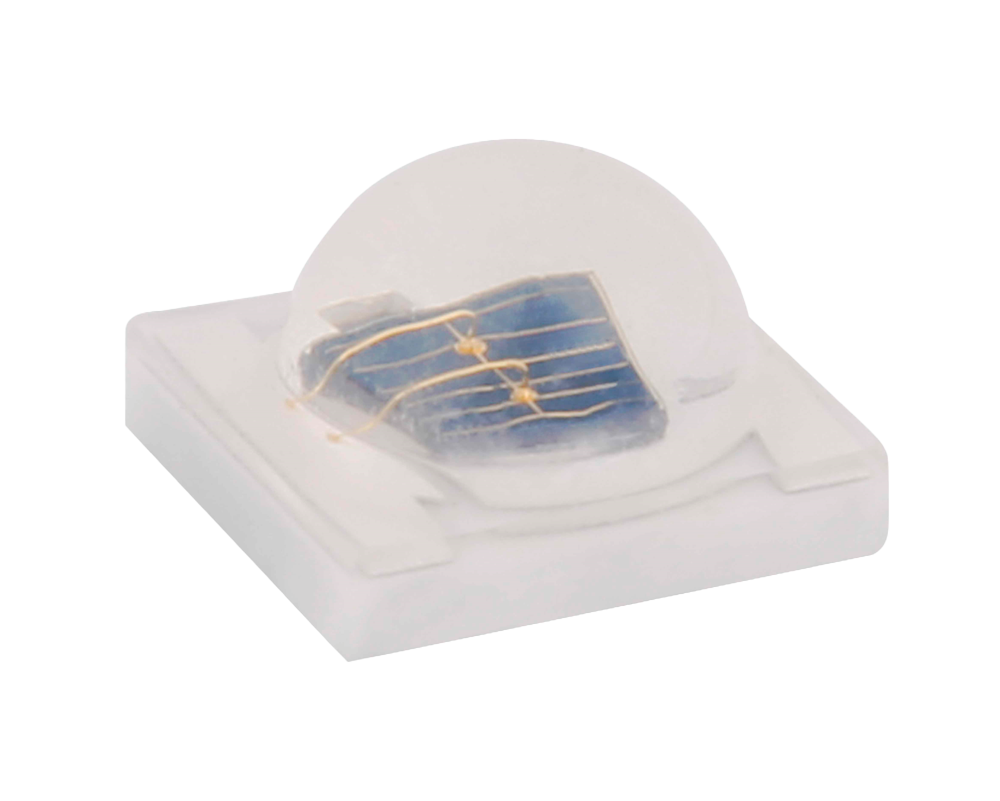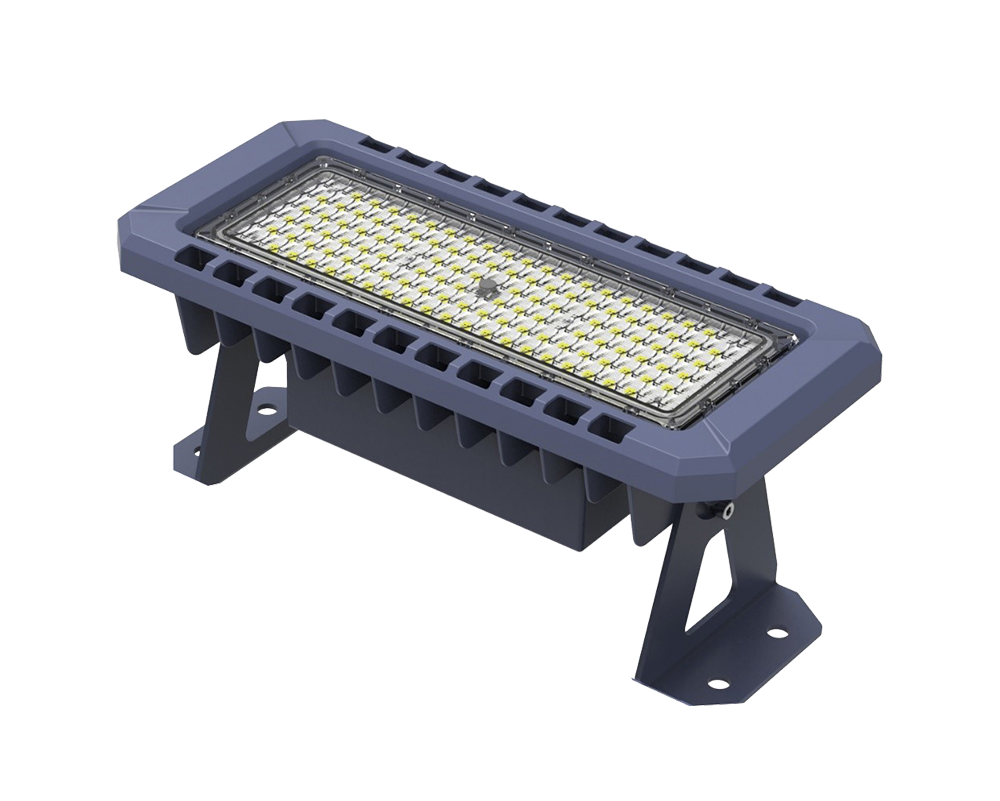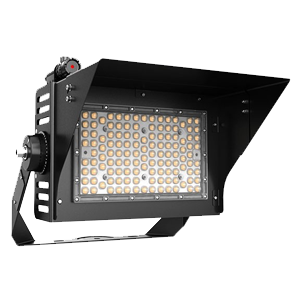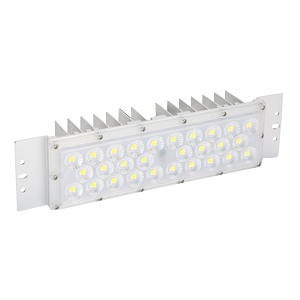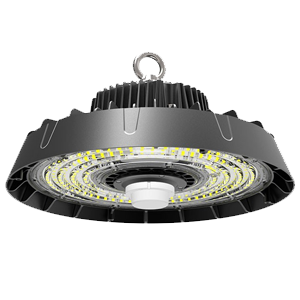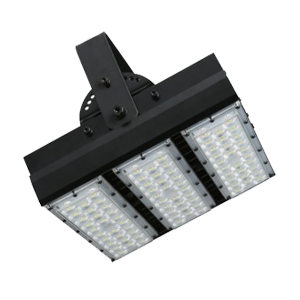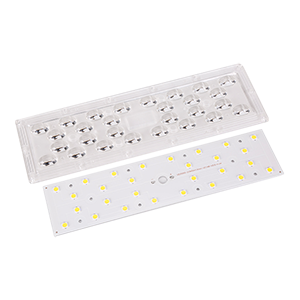LED" the father of Blue Light "and three other scientists won the 2014 Nobel Prize in Physics
2015-01-09
Phoenix Science and Technology news October 7 news: The Nobel Prize in physics was announced at 5:45 PM on October 7, Beijing time, and Isamu Akasaki, Hiroshi Amano and Shuji Nakamur won the prize. Among them, Isamu Akasaki and Hiroshi Amano are Japanese scientists, and Shuji Nakamur is a naturalized U.S. citizen.
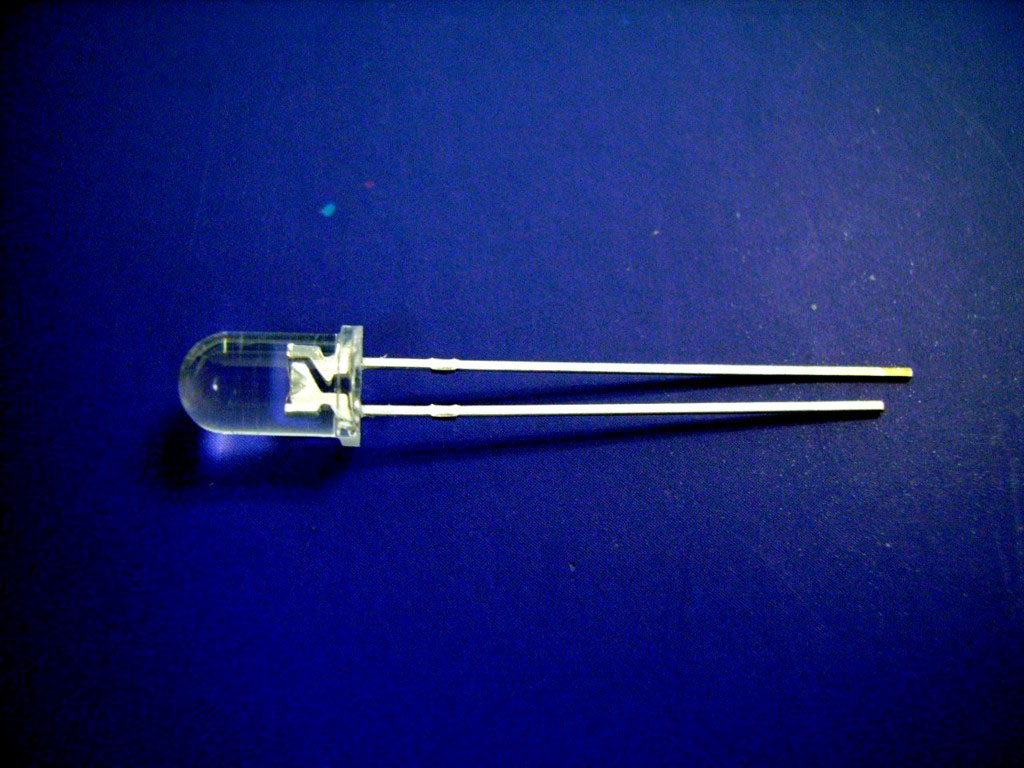
Blue led
The official reason for the award:
The three winners have made significant contributions to the discovery of new efficient and environmentally friendly light sources, namely blue light-emitting diodes (leds). With the help of blue leds, white light can be created in new ways. With LED lights, we can have a more durable and efficient light instead of the original light source.
In the mid-1990s, it was the high-brightness blue light-emitting diode that made it possible to have a full-color display with a screen larger than the height of a human being, and it was the high-brightness blue light-emitting diode that contributed to the color of mobile phone screens around 2000. Blue light-emitting diode technology has also become the basis for the development of blue lasers, and its practical application makes the recording of high-definition programs in blue light a reality. High-brightness blue leds can be combined with red and green leds to create a variety of colors, which is followed by the creation of a new generation of energy-saving lighting to replace incandescent and fluorescent lamps.
Japanese companies and universities have made great contributions to the development of high-brightness blue leds. During the research phase of GaN LED, Nagoya University Professor Isamu Akasaki (now Distinguished Professor at Meijo University) and Hiroshi Amano achieved excellent results. Shuji Nakamura (now a professor at the University of California, Santa Barbara) of Nichiya Chemical Industry played an important role in the subsequent practical and high-brightness stage.
Nakamura Shuji anecdote
Nakamura Shuji, who has made outstanding contributions to the practical application of blue light-emitting diodes, did not initially get any compensation from Nichia for this invention, and Nichia Chemical prohibits employees from publishing papers, so Nakamura Shuji published papers during the research period secretly published in foreign journals behind the company's back, because he did not publish influential papers in Japan. As a result, Nakamura could not even find a company or research institute willing to accept him after he resigned from Nichia. In 2000, Nakamura moved to the University of California, Santa Barbara.
Nakamura sued Nichia Chemical in 2001, and the court ordered Nichia to pay 20 billion yen ($182 million) to Nichia Chemical, which gained billions of dollars from Nakamura's patents and grew from a small unknown company into an industry giant, so Nakamura may be the richest Nobel laureate ever.



